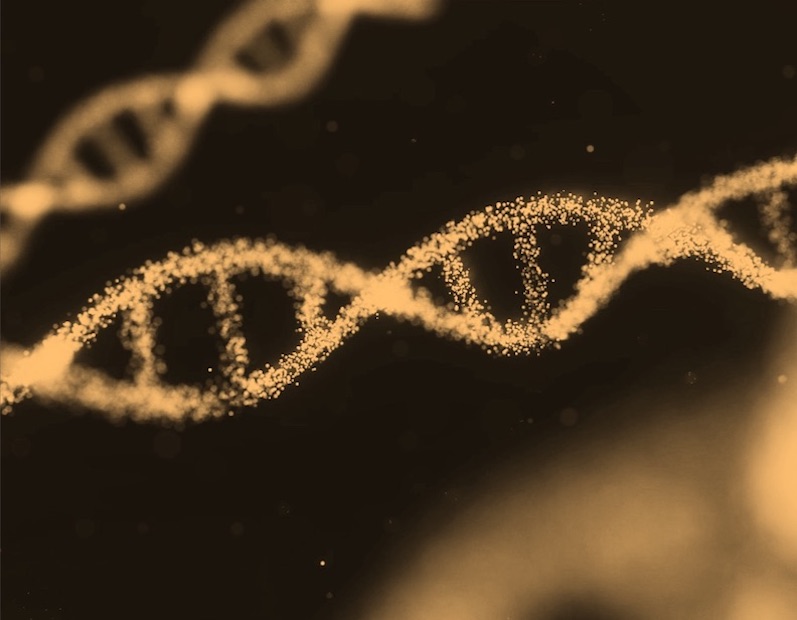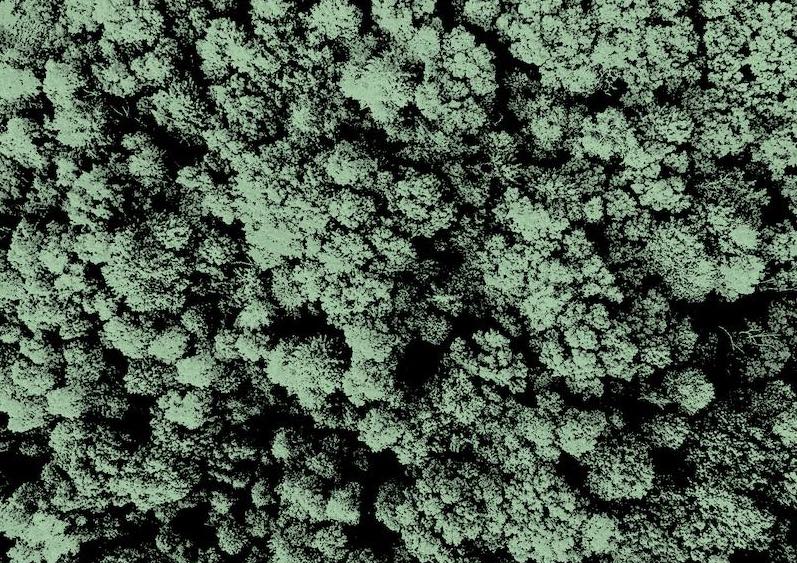What is it about?
When a ship propeller is operating, a vortex is created at the tip of the blade. If this vortex becomes strong it starts to cavitate, a phenomenon that most often leads to environmentally harmful noise and vibrations. It has been shown previously that if one creates some kind of roughness on the propeller blade, this vortex becomes weaker thus reducing the environmental problem. On the other hand, the efficiency of the propeller is also reduced. In this study, we have looked at how why this occurs and how to achieve as good effect as possible while minimising the negative effect on efficiency.
Featured Image
Why is it important?
The underwater noise created by ships is starting to become a concern as it affects marine wildlife negatively. For ship designers and operators, this is problematic as reducing noise typically requires a sacrifice on efficiency, thus leading to other harmful emissions to air. What is studied in this paper forms one attempt to make ship propellers more silent.
Perspectives
The work we performed for this paper has really given us some important clues on why this works, taking the concept a large step closer to real-life applications. It was satisfying seeing the good agreement between numerical simulations and experiments and to dive into discussions on the numerical results to understand the different flows created by the rough blade compared with the smooth one.
Rickard Bensow
Chalmers tekniska hogskola
Read the Original
This page is a summary of: Investigations of tip vortex mitigation by using roughness, Physics of Fluids, June 2020, American Institute of Physics,
DOI: 10.1063/5.0009622.
You can read the full text:
Contributors
The following have contributed to this page







